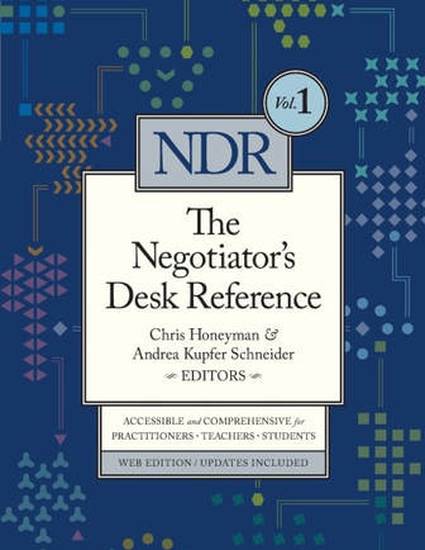
Imagine a negotiation that will decide where you live, where you might work, whether you will walk free or be imprisoned for many years, and whether you will be branded a criminal. Those are just some of the stakes for defendants during the average plea bargain negotiation. In the United States, well over 90% of those convicted of criminal offenses are convicted through plea bargaining. Plea bargaining, therefore, is the predominate process through which criminal cases are resolved. Plea bargaining is also an example of a negotiation with constraints, as each of the parties in the negotiation is constrained by a number of factors, including the existing law and extreme power imbalances. However, within these constraints, skilled negotiators can accomplish creative results, and plea bargaining itself has enabled the criminal justice system in the United States to experiment with new and innovative approaches to rehabilitation and punishment. This chapter will discuss how the players in the criminal justice system use strong negotiation skills to their advantage, including the ability to find common underlying interests.
This chapter will conclude that there are lessons from plea bargaining that are useful examples of what might be possible when negotiating in other highly constrained and restrictive environments.
Available at: http://works.bepress.com/cynthia_alkon/65/
